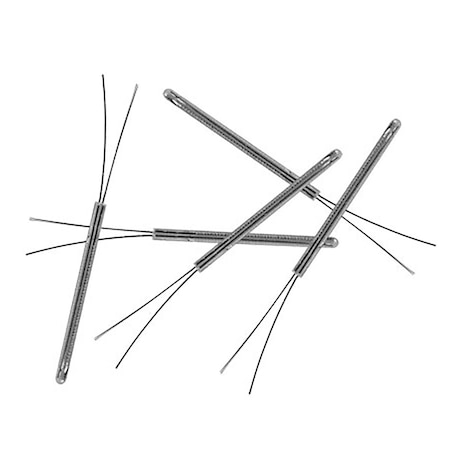Call us at 1-888-826-6342

| Quantity | Price each |
|---|---|
| 1-9 | C$64.83 |
| 10-24 | C$61.59 |
| 25-49 | C$60.29 |
| 50-99 | C$57.70 |
| 100-199 | C$56.40 |
| 200+ | C$55.11 |
Edit these specs to order a different model. Not all combinations are valid. Options compatible with previous selections will be in bold.
*Highlighted options are not compatible. Please select a different combination.
These "KN" Series wire wound platinum sensing elements are available in three tolerance classes: